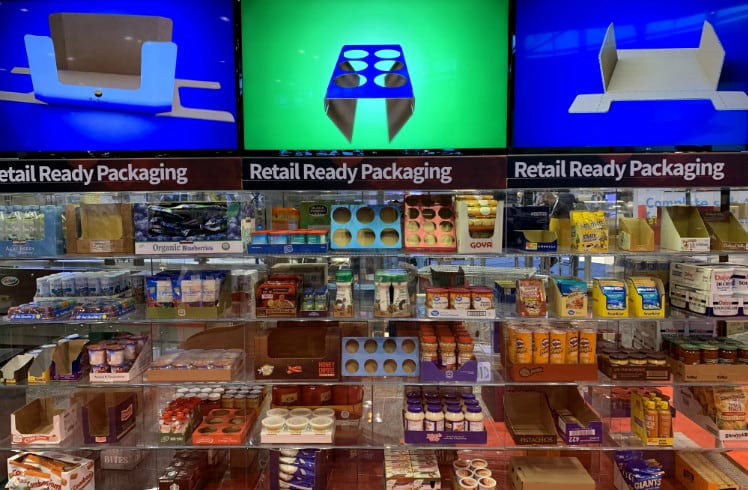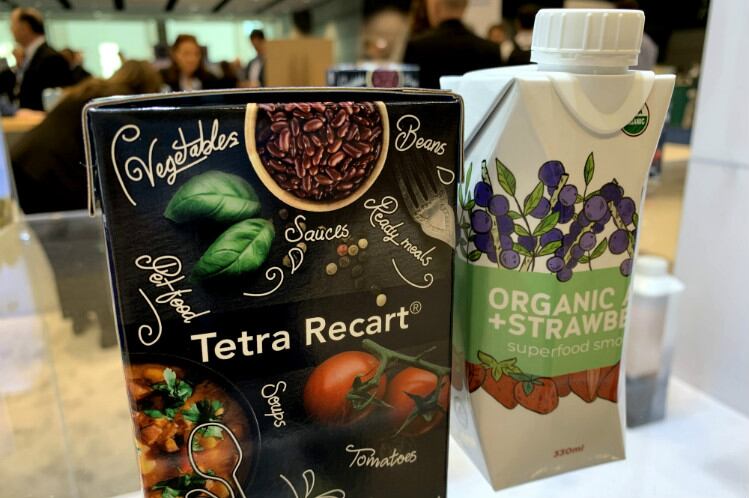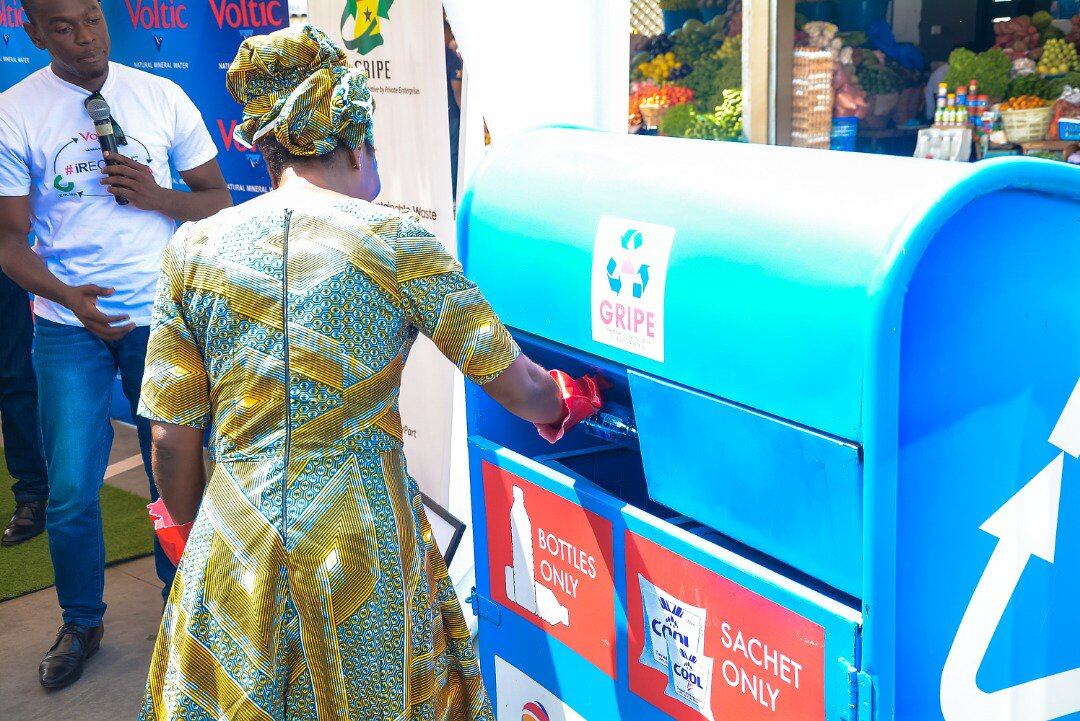Packaging was originally designed to simply protect the product within, said Izquierdo, VP of market development at the Association for Packaging and Processing Technology (PMMI). Then came marketing and other value-adds, notably the ‘experience of consumption.’
Today, consumer desire for different pack sizes depending on the occasion, alongside a wider variety of flavors and personalization, has upended retail shelves and food packaging.
Yet brands must strive to please customers immediately or they risk losing loyal fans.
“In general, for all the products launched in one year, only a quarter survive after two years – and that’s true for small and large companies,” said Izquierdo.
“More people are snacking than ever before,” he told us when we caught up with him at ProFood Tech in Chicago last month.
Herein lies the challenge.
At the office, for instance, consumers might prefer a resealable bag; for their commute, they might reach for a single serve, individually wrapped snack.
That dual reality has proved challenging for manufacturers, who are also navigating a complicated packaging picture online.
Flexible pouches and SRP
According to PMMI’s 2018 Snack Food Market Trends report, shelf-ready packaging (SRP) was the most-mentioned retail trend, with 20% of respondents citing it as a top priority.
SRP – such as a tear-and-stack branded corrugated box – reduces unpacking costs at the retail level and offers built-in marketing for the brand.
About 10% of respondents pointed to stand-up pouches as a valuable sales and marketing tool, while another 10% said lower case counts could improve inventory management and clear up space for the plethora of brands on shelves today.
Similarly, consumers continue to show interest in single-serve portion sizes, with nearly 35% of PMMI’s respondents citing calorie intake as a concern.
Conversely, on-the-go snackers are looking for resealable bags that keep food fresh.
These trends have led to a rise in flexible packaging, now a nearly $100bn market globally – about a third of the $280bn snack market. According to PMMI, compared to rigid bag-in-box packaging, flexible pouches are better suited for printing, take up less space and extend a product’s shelf life.
PMMI forecasts the trend will continue to grow at an annual CAGR of 5.2% as non-traditional segments embrace flexible packaging. Crackers started the transition, the report noted, but other ‘high-end products’ will follow.
‘A Band-Aid here and a Band-Aid there’
Retail-ready or shelf-ready packaging has become a winning formula for many brands operating in multiple channels, allowing flexibility for the retailer and consumer.
Importantly, however, consumers shop differently online than they do in brick-and-mortar retail. Online, they base their purchase decisions on two major factors: recognition and reviews.
“It’s a very different approach when you buy online,” said Izquierdo. Brands must “convince you to buy again and hopefully convince you to provide some positive feedback.”
The volatility of the online marketplace and consumer expectations has largely stumped manufacturers, he continued. Generally, the industry has approached ecommerce similarly to club and warehouse sales, which has largely meant multipacks and combo packs. For the most part, CPGs are still deciding whether they should make the commitment to develop packaging specific to ecommerce.
Online-only packaging can be expensive because the category still accounts for only a snippet of total sales.
“What’s happening is: the packaging that’s being used for ecommerce, it’s just packaging with kind of a Band-Aid. Hopefully [the product] survives, but it’s not really packaging designed for ecommerce,” said Izquierdo.
But the experience between brand and consumer remains an essential part of doing business in any industry, even as those interactions increasingly occur online.
According to research from PriceWaterhouseCoopers, a third of consumers would leave a brand they loved after one bad experience. In the US, nearly 59% said they would desert a brand after a few bad experiences.
As online grocery sales have reached about 10% of the US market, now could signal a tipping point, said Izquierdo.
“We are at the point where more people are starting to think from scratch – redesigning for omnichannel formats.”
In PMMI’s survey, nearly 60% of producers said flexible machinery to achieve such packaging variety was their number-one demand for the near future, followed by speed at 45%.




